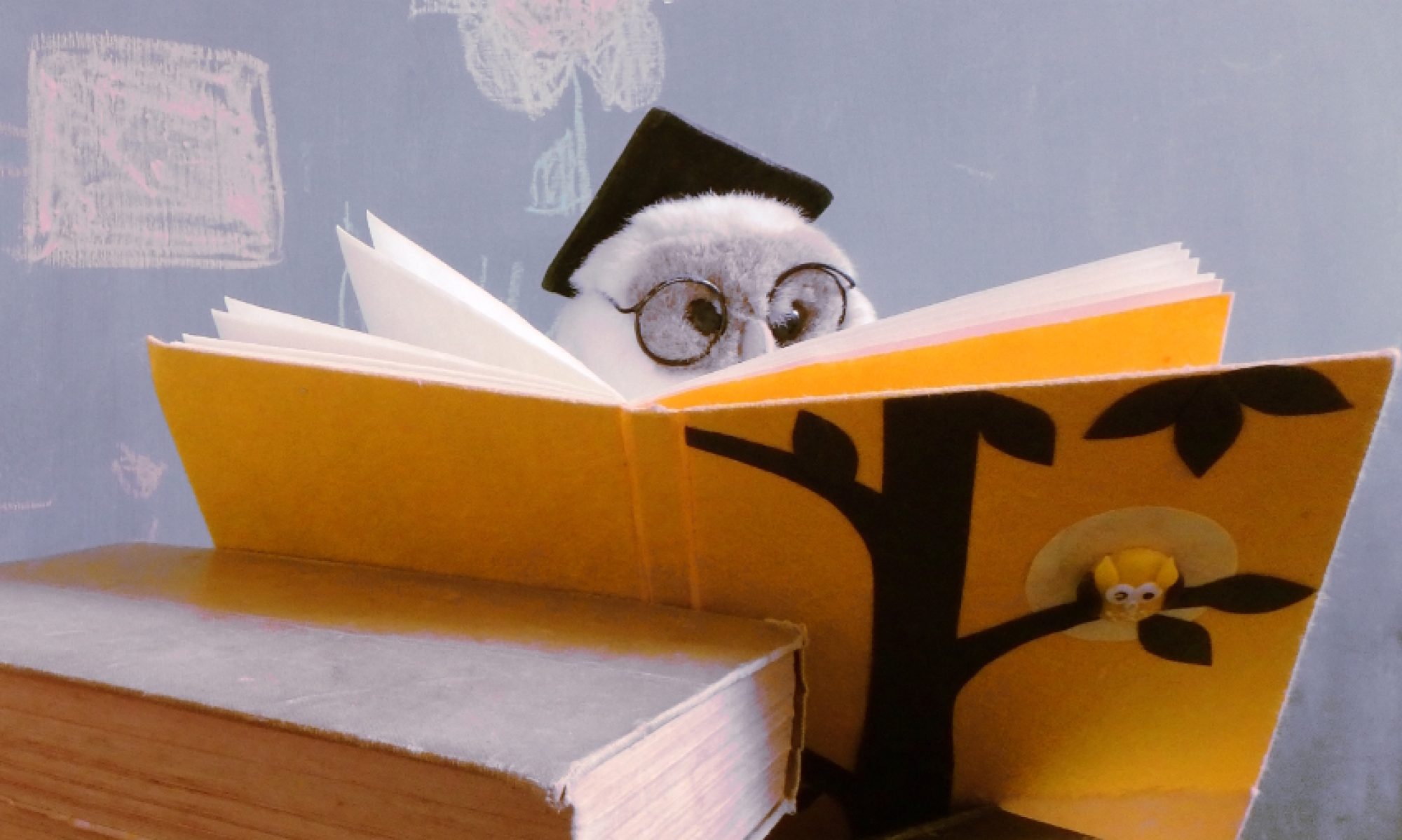Last week, I mentioned that C had paused in his desire to understand democracy and law. Well, the pause in learning about democracy never materialised. Partly because my DH brought him an awesome book on how one of the original Magna Carta’s ended up in Canberra which we have been slowly reading through it together. And partly because we just had a state election on the weekend.

For those who are not in Australia, (or have never watched election coverage), our public broadcaster, the ABC always runs an extremely long, very math and interview-heavy tally-room coverage. From 6pm when polling closes, through to sometime after 11pm, Australia’s Nate Silver, Anthony Green holds stage while he runs through electorates, districts, and booths to tell us all about how many people voted, who they voted for, and how that compares with last time they showed up to vote. It is very detailed – lots of histograms in bright colours, lots of talk on ‘swings’ with decimal point accuracy and lots of predictions about which seats each party will receive (with cute little electronic meeples in a virtual parliament).
It is kind of like a horse-race in extreme slow-motion with occasional pauses for commentary by the punters and the jockeys. After watching a few of these, you kind of know what’s going to happen – Green does his maths-magic, no one says anything much for a few hours besides thanking their supporters, then around 9.30pm the party that’s behind starts to crack, and you start to get a few (very) honest assessments. By 10pm it’s usually all over and you get the concession and victory speeches.
C watched the whole darn thing before we dragged him to bed sometime after 10pm. (And then he woke up the next morning and wanted to ‘finish’ watching it – alas, live TV is something he hasn’t quite figured out yet.) While my DH and I wandered in and out of the room (alas, even for political tragics like myself, dinners need to be cooked, washing put away and bedrooms cleaned and tidied), C gave us a running commentary on how each of the ‘teams’ were going.
In between, we talked through how the lower-house preferential voting system worked (you can learn about it here.). Which, honestly usually isn’t that exciting – except for one electorate where there was a three-way race, with the winner determined not only by who was first, but by who was second on everyone’s ballot paper. (It was a race between the second and third place to determine which of them would win, with only a few hundred votes between them. Pretty exciting for our little boy.)
Of course, when C asked how the upper house worked, DH and I kind of just waved our hands and muttered ‘it’s kind of like the lower house.’ Which, sadly, is about all anyone understands – I believe Mr Green and the electoral commission computers are about it. . . if you really want to understand the insanity of the system, go and read about the WA federal senate election, where due to a number of stuff-ups no one was sure who had won – they thought it came down to 12-14 ballot papers, in a population of over 2.5 million. (if you’re curious, they actually just made everyone vote again after the crucial ballots were lost …ah Australian politics!)
In all, it was a fiesta of mathematics, statistics and politics – and C really really dug it. In all, it was a lovely example of how the maths he’s learning and occasionally struggling to learn is vitally important in the ‘real’ world – the fate of states and nations all at the mercy of the almighty ‘swing’.



I always found this helpful:
That looks awesome. Thank you!